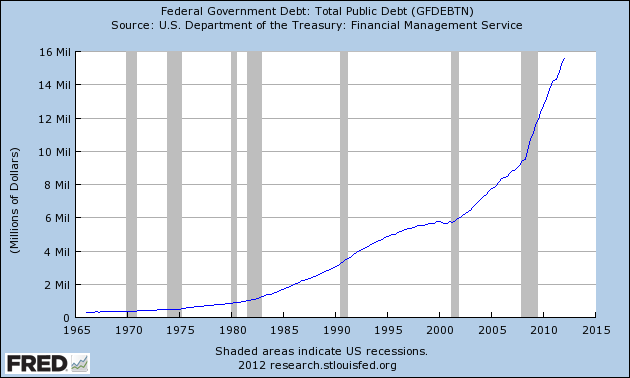With the banking industry still in fragile condition, it is not surprising that the government has been making secret plans to deal with an economic collapse. It is a chilling thought to realize that five years since the world economy faced total collapse, we are still perched on the financial abyss.
In an exclusive report, Reuters reveals that the five biggest banks in the U.S. were directed by regulators to plan for “staving off collapse” if serious problems arose and the U.S. government was unable to help them.
The two-year-old program, which has been largely secret until now, is in addition to the “living wills” the banks crafted to help regulators dismantle them if they actually do fail. It shows how hard regulators are working to ensure that banks have plans for worst-case scenarios and can act rationally in times of distress.
They told banks to consider drastic efforts to prevent failure in times of distress, including selling off businesses, finding other funding sources if regular borrowing markets shut them out, and reducing risk. The plans must be feasible to execute within three to six months, and banks were to “make no assumption of extraordinary support from the public sector,” according to the documents.
Five years after the start of the banking crisis which almost tipped the U.S. economy into total collapse, there are still major concerns about the viability of both the U.S. and global banking systems. In a well analyzed discussion of why the global economy is still at major risk, Ambrose Evans-Pritchard of The Telegraph talks about the debt crisis which is crippling the world.
Five years on, the Great Recession is turning into a life sentence.
The world remains in barely contained slump. Industrial output is still below earlier peaks in Germany (-2), US (-3), Canada (-8) France (-9), Sweden (-10), Britain (-11), Belgium (-12), Japan (-15), Hungary (-15) Italy (-17), Spain (-22), Greece (-27), according to St Louis Fed data. By that gauge this is proving more intractable than the Great Depression.
Five years on it is clear that subprime was merely the first bubble to pop, a symptom not a cause. Europe had its own parallel follies. Britons were extracting almost 5pc of GDP each year in home equity by the end. Spain built 800,00 homes in 2007 for a market of 250,000. Iceland ran amok, so did Latvia and Hungary. The credit debacle was global. If there was an epicentre, it was Europe’s €35 trillion banking nexus.
Monetarists blame the ECB and the Fed for keeping money too tight in early to mid 2008, pushing a fragile credit system over the edge. They blame “pro-cyclical” regulators for aborting recovery ever since by forcing banks to raise asset ratios too fast. They are right on both counts.
Yet the `Austrian School’ is surely right as well to argue that a rise in debt ratios across the rich world from 167pc of GDP to 314pc in just thirty years was bound to end badly. There comes a point when extra debt draws down prosperity from the future. The future arrived in 2008.
As for our debt mountain, we have barely begun the great purge. Michala Marcussen from Societe Generale says the healthy level is around 200pc of GDP for advanced economies. If so, we have 100 points to cut.
This cannot be achieved by austerity alone because economic contraction would tip us all into a Grecian vortex. Such a cure is self-defeating.
Much of the debt will have to be written off. Whether this done by inflation (1945-1952) or default (1930-1934) will be the great political battle of this decade. Pick your side. Pick your history.
The debt explosion of the last thirty years created the illusion of prosperity. Dealing with the aftermath will not be a short term process.

Speak Your Mind
You must be logged in to post a comment.